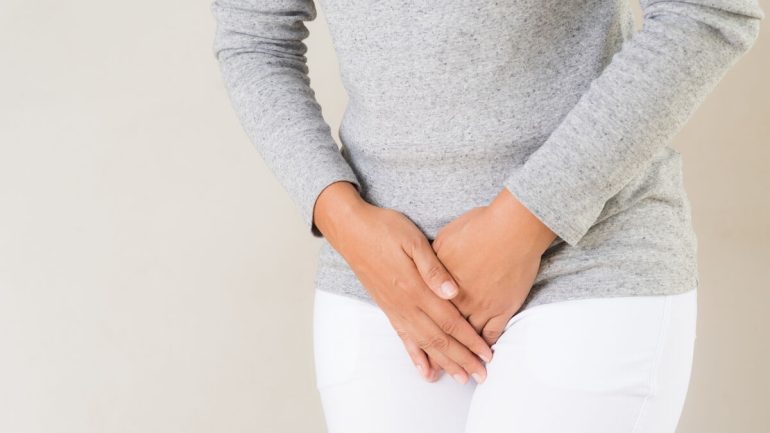A weak bladder, as people like to call urinary incontinence, is anything but unusual. In fact, nine million people in Germany suffer from one of several forms of bladder weakness. Of them, 40 percent have stress incontinence, 38 percent have so-called mixed incontinence and 15 percent have urge incontinence. Women are more likely to be affected than men, and people over the age of 60 are more likely to be affected than those who are younger. People suffering from urinary incontinence can no longer make their own decisions about going to the toilet. If you have to, you have to do it quickly and without a hitch!
Tools that restore quality of life
Unwanted urination naturally puts a lot of pressure on everyday life. Affected people tend to be confined to their walls, avoid contact with others and eventually become lonely. Depending on the degree of severity, there are a number of means that enable careless participation in everyday life. Even when continuity cannot be restored due to illness or injury, a urinary leg bag greatly improves quality of life. It attaches to the upper or lower leg and can be worn unobtrusively under clothing. This is a plastic bag with a tube attached to the urinary catheter. A drain valve enables unobtrusive emptying. Practical holder allows discreet carrying. This means that the free time belongs to the person concerned and not the bladder.
Quick read: Weak bladder: These 3 home remedies help incontinence
Different Causes of Different Forms of Incontinence
Any uncontrolled, involuntary loss of urine is called incontinence. However, there are many forms of urinary incontinence for different reasons. If for some reason the pelvic floor muscles are weak, sneezing or laughing can also cause urination. In this case, doctors speak of stress incontinence. This can possibly be improved by targeted pelvic floor training.
In the case of so-called urge incontinence, the bladder reacts overactively. This may be due to neurological disease or external pressure on the bladder, for example due to being overweight or due to prolapse of the bladder. Dribbling occurs when the bladder does not empty properly. It can also be caused by weak pelvic floor muscles. Overstretching of the bladder muscles can lead to overflow incontinence.
What are the treatment options?
Incontinence is a taboo topic, despite the fact that so many people suffer greatly from the uncontrolled loss of urine. There are several ways to combat so-called bladder weakness if those affected will consult a doctor at an early stage.
In the case of stress incontinence, he or she will recommend specialized bladder training that re-improves bladder performance. Lifestyle changes can also provide relief. For example, you should avoid diuretic drinks such as coffee or black tea. Drink as much as possible during the day, drink less after 7 o’clock in the evening so that your sleep is not disturbed.
If the trigger for urge incontinence is a urinary tract infection, the doctor will prescribe medication. If bladder prolapse or prolapse is the cause, the only option is surgery. It doesn’t matter whether it is pelvic floor exercise, medication or surgery, it takes some time to restore bladder performance. Until then, you should exhaust all possibilities to continue participating in life.
There is a wide range of specialized incontinence products that can be customized to suit individual needs. Staying home out of fear is not a good solution in the long run.
Also Interesting: Urinary Incontinence: These Mistakes Increase Bladder Weakness

Web guru. Amateur thinker. Unapologetic problem solver. Zombie expert. Hipster-friendly travel geek. Social mediaholic.





